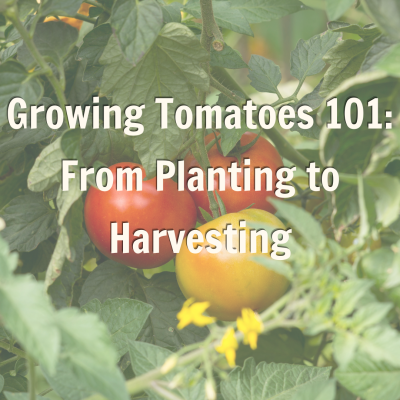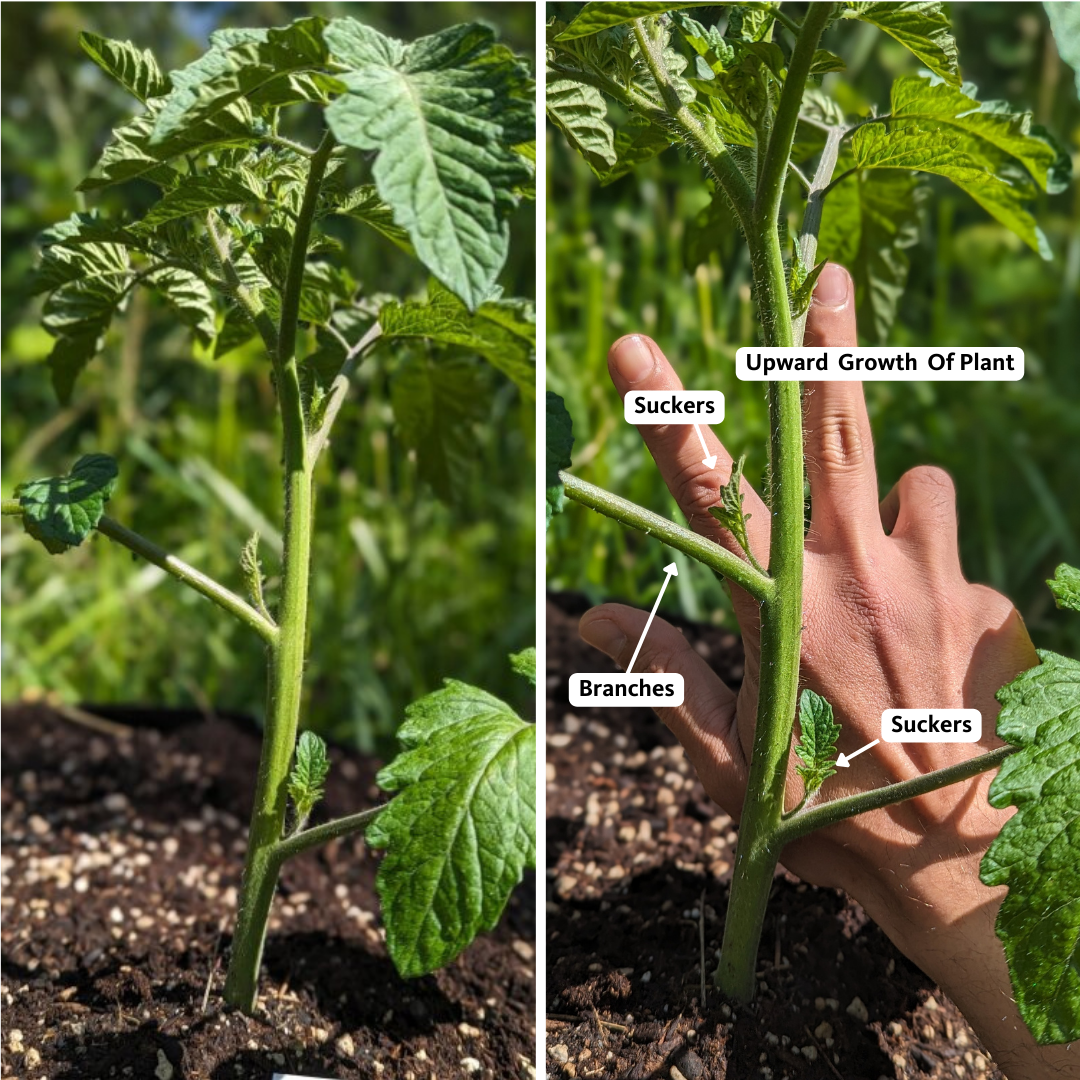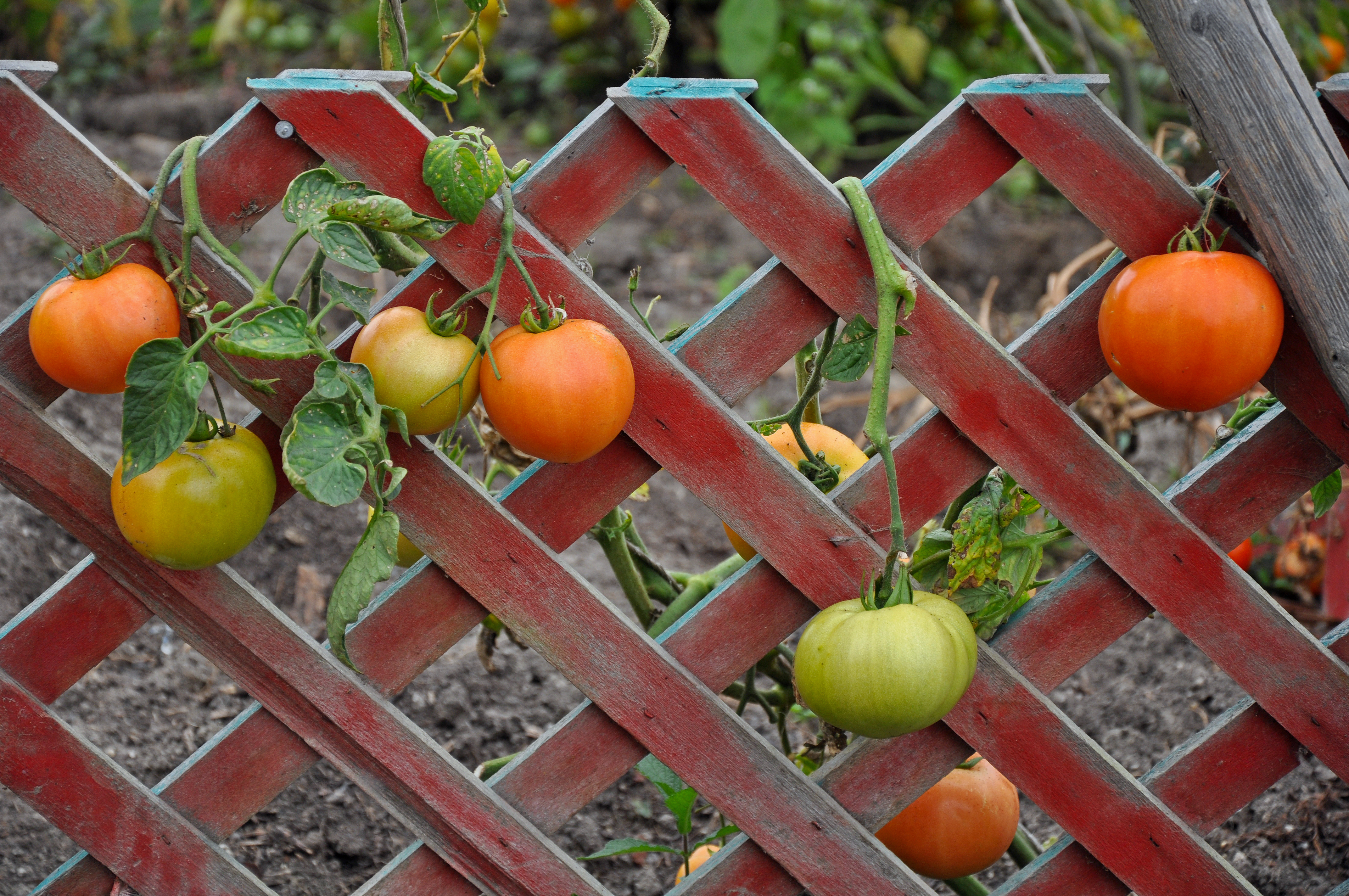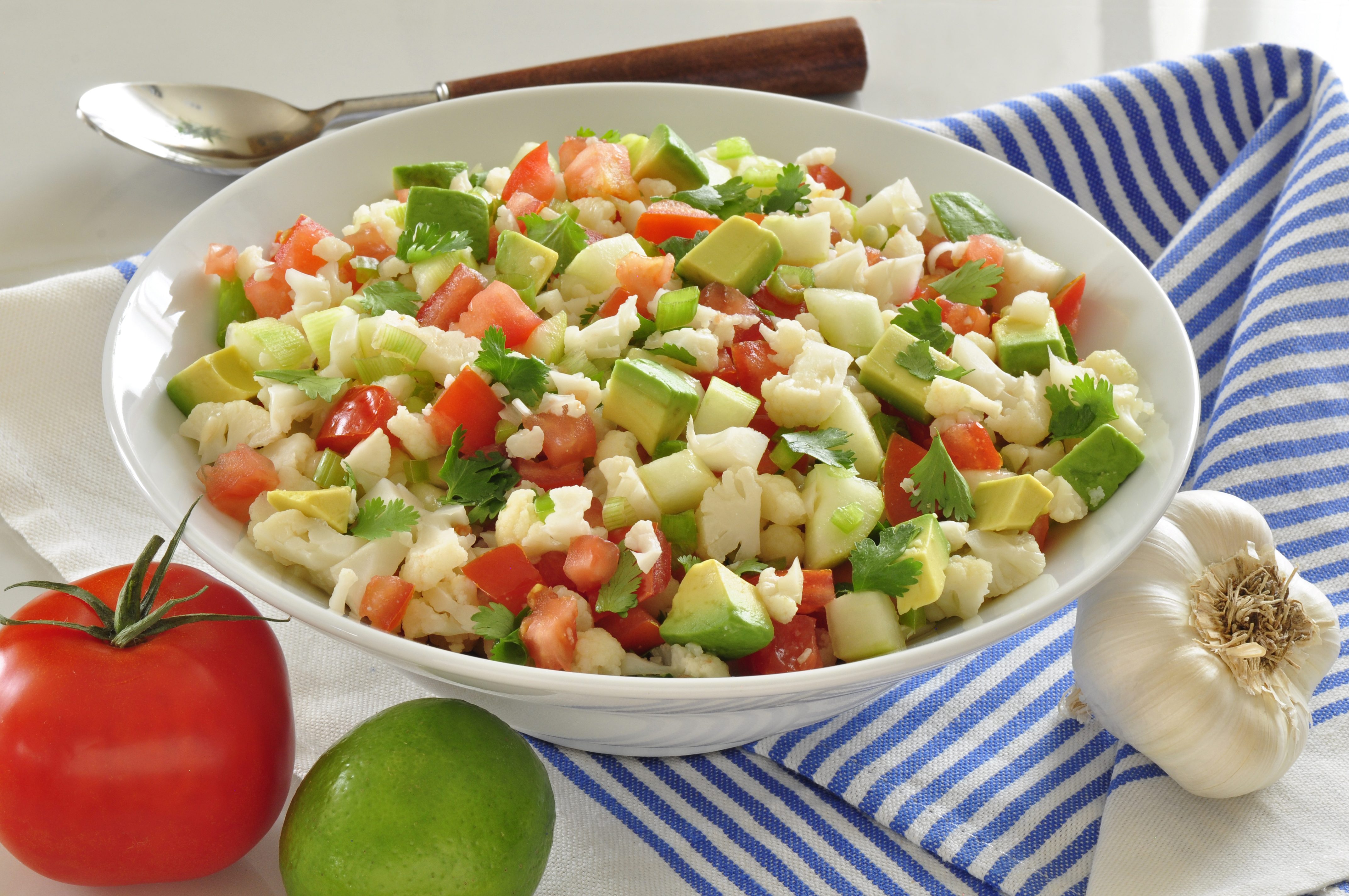
Summer is nearly here. That means it’s time to start your tomato plants. Whether you are a seasoned gardener or just starting out, tomatoes are a versatile and rewarding crop to grow. Let’s learn more about tomato gardening, from start to finish.
Tomato Gardening: The Basics
Here are some important tips to keep in mind when starting your own tomatoes.
• Location: Choose a sunny spot for your tomatoes, as they need at least 8 hours of direct sunlight each day.
• Selection: Choose tomato starts that are short and dark green. Avoid starts that are leggy (tall and floppy) or yellow. Also avoid starts that are already flowering.
• Planting: Plant the starts deeper than the pots they were grown in, with only a few sets of leaves showing above the soil. This means that some of the bottom sets of leaves will be under the soil once planted.
• Fertilizing: Add an all-purpose fertilizer to the planting hole. Then apply it around the plant every 3 weeks until the tomatoes ripen. Follow the directions on the fertilizer container.
• Support: Most tomatoes need extra support as they grow. Check the label on the plant or seed packet to see what type of tomato plant you have. Most will note if the tomato is determinate or indeterminate. Determinate tomatoes are bushy plants that often need only a standard tomato cage. Indeterminate tomatoes are taller, wider plants require more support.
• Watering: Keep the soil evenly moist until tomatoes appear, then water deeply 1 or 2 times a week.
To learn more about growing tomatoes in Oregon, read our gardening tip sheet.
Pruning Tomatoes
Tyler, our garden coordinator, tells us: “June is great for pruning and trellising because they give plants a great start, so there are fewer problems later!”
Pruning, also called training, helps keep tomato plants from becoming overgrown and bushy. It also increases airflow through the plant, which can help control pests and prevent diseases. It also helps produce more tomatoes! Wondering how to prune tomatoes? Here is a handy trick from Tyler:
Hold up your thumb, pointer and middle finger. This represents how tomato plants grow! Your thumb is the branches of the plant. Your middle finger is the upward growth of the plant. Your pointer finger represents what are called suckers. This is because they suck away nutrients that could have been used to make tomatoes. We only want to prune some of these off the plant. Try to have only one or two for every 1-foot section of the plant.

Because the 1-foot section of a tomato plant shown in the images above only has two suckers, they do not need to be pruned. You want some of them to stay on the plant because they will produce tomatoes. Too many suckers typically become more of an issue when the plant has grown more. When too many suckers develop, the plant easily becomes overgrown and crowded. This can make the plants more susceptible to pests and diseases.
Trellising Tomato Plants

Trellising tomato plants helps provide support. Without it, the plants can break from the weight of the tomatoes. You can use various materials for trellising, including string, old fence panels, PVC pipe, ladders or bamboo. For example, grow the tomato plant next to an old fence panel. As the tomato grows, use string to gently tie heavy branches to the fence panel to provide extra support.
When and How to Harvest
Harvest tomatoes before they are completely ripe. Twist tomatoes off the vine or cut the stem with clippers or scissors to avoid hurting the plant. Unripe tomatoes that are starting to turn color can be taken indoors to ripen. At the end of the season, when temperatures drop below 50 degrees F, it’s time to harvest any unripe tomatoes left in your garden.
From the Garden to the Table: Tasty Tomato Recipes
After harvesting tomatoes, it’s time for the best part—eating! There are so many tasty ways to enjoy fresh tomatoes. Here are a few ideas:

• Vegetarian Ceviche — a unique take on ceviche, full of fresh veggies. Serve with tostadas, tortilla chips or crackers. This recipe was developed by the OSU Extension Latin Heritage Workgroup.
• Tomato Pasta Salad — a kid-approved recipe that’s perfect for a make-ahead meal. Full of fresh veggies, Italian herbs and a tangy dressing. Perfect to bring to a potluck or picnic or serve at your next meal!
• Salmon Pasta Skillet — a delicious and satisfying pasta meal. Use canned or fresh salmon or canned tuna!
• Tomato Melt — sliced tomato, shredded cheese blended with mayo and mustard, served on an English muffin. A great snack or entrée option!
To learn more, read our Food Hero Monthly on tomatoes.
Get Kids in the Kitchen
Want to get kids interested in eating tomatoes? Here are some kid-friendly resources:
• Print out the tomato coloring sheet or let kids color it online.
• Watch recipe videos using tomatoes and then cook together. You’ll find tomato videos on this page.
Happy gardening and cooking!




